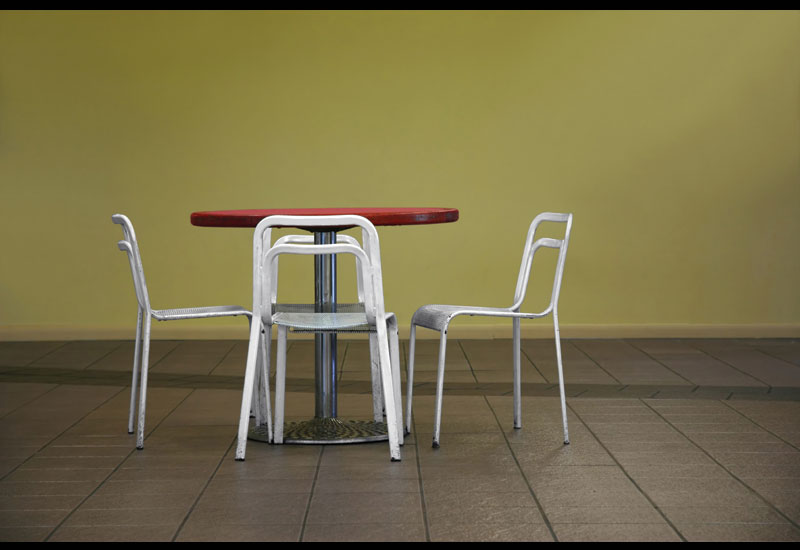 For the new generation of hip budget hotels, affordability does not mean sacrificing design in outlets.
For the new generation of hip budget hotels, affordability does not mean sacrificing design in outlets.
The region’s growing market for budget hotels has prompted a very pleasing
partnership between design and affordability.
Just because you’re not paying a great deal for a stay at a hotel does not mean that the place should be deficient in design innovation and excitement.
If anything, the design of the place should act as some sort of compensation for the lack of luxe!
There are many instances where this pairing of lower rates and funky design has been successfully employed — precedents that show the public’s willingness to accept such a trade-off.

Advertisement
Thinking from the hip, how about Mercedes and Smart? Luxury car-maker meets and mentors funky design team: the perfect example of form meets affordable function.
The trade-off of getting good design but less luxury is now more acceptable than ever.
As each and every member of the public becomes increasingly design aware, literate and opinionated, so our design demands grow — not so much in stature but certainly in complexity.
As a commercial brand designer, or rather a designer of commercial brands, I have had to accept a new, or certainly changing, way of working. I have to be less disposed to impose random personal preference and ever more willing to analyse the end user — their habits, choices and feedback — before applying the best design solution.
I have heard designers blame all manner of things for this increasingly common way of working. As design briefs become more about specific problem-solving and less about flamboyance, the role of the designer has changed: life has become more focused.
I am actually working on a project as we speak for a major budget hotel provider who, through insightful design, wants to de-formalise their heavily branded reception, create a ‘bustle zone’ and then captivate the customer with an F&B offer that will essentially seduce them with enough edge and accessibility to ensure lasting credibility.
Let me tell you, they know who they want to enjoy their hotel, as well as the how, why and when. My role is simple: listen for the clues from the client and create a scheme that answers all the socio-demographic algebra.
This is now the accepted way of working in design. Profits and returns are so highly prized (and protected) that some pretty-in-pink designer cannot just be let loose to jeopardise that investment.
Sure, it isn’t as much fun as it was back in the day; but at least clients and the buying public now appreciate the importance of good design.
Anyway, I digress. Back to my point: budget hotels shouldn’t mean slack F&B design.
This project we are working on proves that the smart operators are investing time in segmenting their estate by user groups and occasions — taking this info and laying out a template for great, highly relevant outlets, with no obvious link to the hotel brand.
I love budget hotels; or rather, I love the potential they have. Simply through brilliant design and cost engineering, a great looking, comfortable and utterly affordable hotel can be built anywhere, bringing a bit of lifestyle to numerous consumers. Amazing!
The F&B element of the operation plays a vital role by offering a funky, affordable eatery — and the designs of these outlets are getting ever edgier as a result of the steadily growing competition.
So while costs may be down at budget hotels, design is definitely on the up.
Aidan Keane is the founder of specialist leisure and retail design firm Keane; for more information, visit: www.keanebrands.com








 Search our database of more than 2,700 industry companies
Search our database of more than 2,700 industry companies









